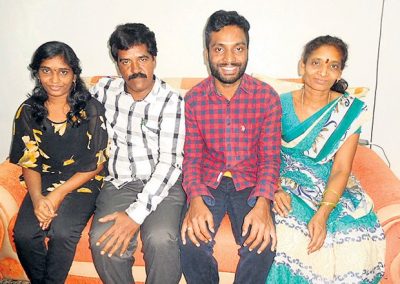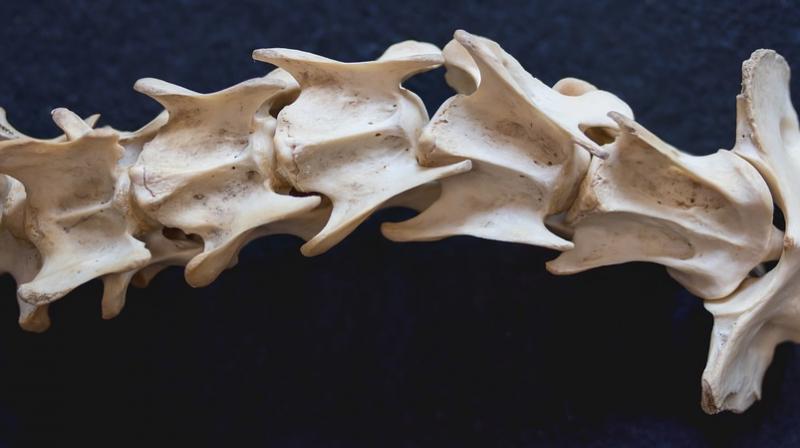Three people who lost the use of their legs in paralysis began walking again after an implant was placed in their spines.
Jered Chinnock, 29, who has been paralysed since 2013, became the first person ever to take independent steps following such a devastating injury at the Mayo Clinic.
According to a story published in MailOnline, the electronic device ‘reconnects’ neurons in Chinnock’s legs with his brain. He just has to think about walking – or standing – and he does it.
Not only him, two other patients, 23-year-old Kelly Thomas and 35-year-old Jeff Marquis, achieved similar success during another study conducted at the University of Louisville.
Earlier, scientists believed that networks of neurons below a spinal cord injury were unable to function after someone was left paralyzed.
But the breakthrough, partly funded by the Christopher and Dana Reeve Foundation, could help millions out of their wheelchairs and train their bodies out of paralysis.
Chinnock became paralysed after getting into a snowmobile accident in February 2013.
The avid outdoorsman had several broken ribs, a punctured lung and a spine that was fractured in three places.
Surgeons at the Mayo Clinic in Rochester, Minnesota, were able to screw Chinnock’s spine back together, but the nerves that carry signals from the brain to the legs had been severed.
Similarly, Kelly Thomas, of Homosassa, Florida, suffered her injury after a car accident in July 2014 and Marquis was a chef living in Whitefish, Montana, in 2011 when a mountain biking accident changed his life.
However, scientists at the Mayo Clinic were working on research at the time that combined physical therapy with spinal cord stimulation to restore movement to people who have been paralyzed
The research was funded by the National Institutes of Health, the University of California Los Angeles, the University of Louisville in Kentucky and the Christopher and Dana Reeve Foundation.
The pioneering technique involved 22 weeks of rigorous physical therapy for Chinnock that began in 2016.
He had to be hoisted onto a treadmill so his legs could be repeatedly moved by trainers to strengthen the wasted muscles.
He then had an electrode placed just below his injured area with a wire connecting it to a pacemaker sized battery that was put in his stomach at the same time, just below the skin.
The system is switched on and off using a TV style remote control that can change the amount of voltage and even the precise location of stimulation – enabling it to boost either standing or walking.
Just two weeks after the surgery, Chinnock was able to make step-like movements while suspended in a harness and could stand on his own using his arms for balance and support.








